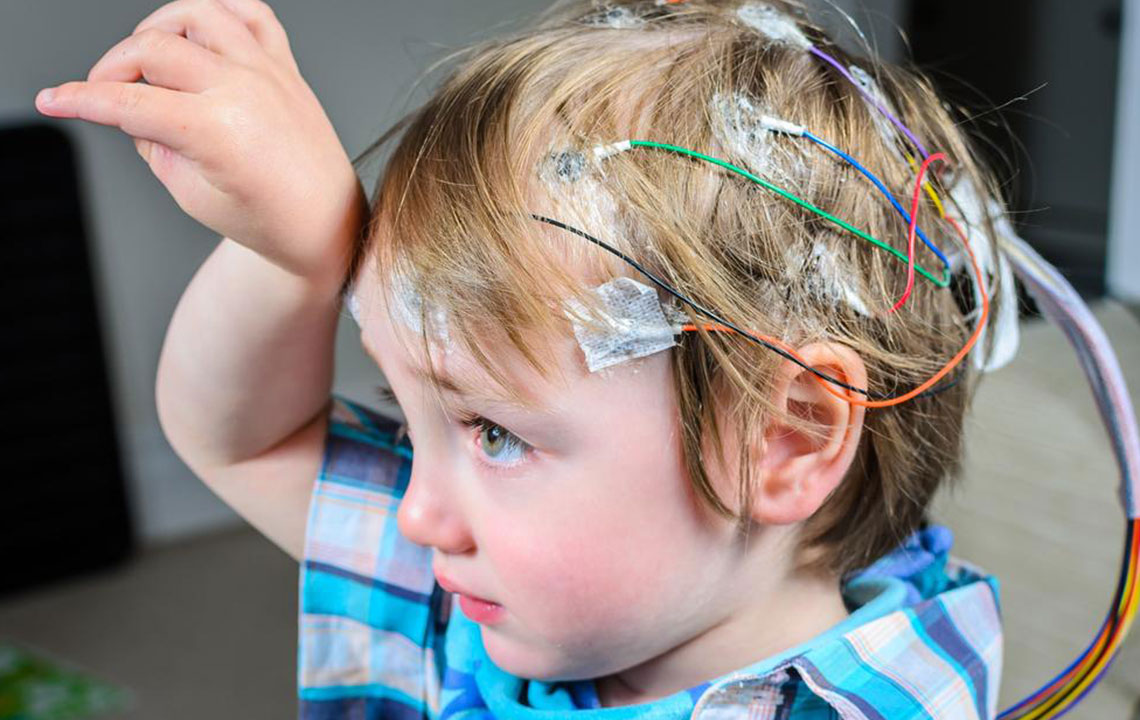Understanding Partial Seizures: Symptoms and Treatment Options
Discover essential insights into partial seizures, including their symptoms, diagnosis, and management strategies. Learn how early recognition and proper treatment can improve quality of life for individuals affected by these localized neurological events.

Understanding Partial Seizures: Symptoms and Treatment Options
Seizures result from abnormal electrical activity in the brain. Partial (focal) seizures occur when this irregular activity remains confined to a specific part of the brain. Sometimes, these can develop into generalized seizures affecting the entire brain, known as secondary generalization.
Types of partial seizures include:
Simple — do not impact awareness or memory
Complex — affect awareness and memory before, during, and after the seizure, and may alter behavior
Other names: Focal seizures, Jacksonian seizures, Central (partial) seizures, or Regional seizures
Patients can often recall the events that occur during simple seizures, while those with complex seizures might remember some or all aspects. Symptoms vary depending on the seizure location in the brain.
Common signs include:
Unusual muscle contractions or relaxation
Unilateral movements affecting limbs or face
Abnormal head or eye movements
Staring spells or automatisms such as lip smacking or repetitive behaviors
Involuntary mouth movements or swallowing
Sensory disturbances like numbness or tingling
Hallucinations, dizziness, or nausea
Autonomic symptoms like sweating, flushing, pupil dilation, or rapid heartbeat
Additional effects may include:
Memory lapses or blackouts
Visual changes
Feelings of déjà vu
Emotional shifts or mood changes
How are partial seizures diagnosed?
Diagnosis primarily depends on describing the seizure experience to a healthcare provider. To identify underlying causes, tests like brain imaging, blood tests, or lumbar punctures may be performed.
What treatment options exist?
Seizures can sometimes be managed during an event by medical professionals, especially in severe cases. Long-term control typically involves anti-epileptic medications. Addressing the cause, if identified, can reduce seizure frequency.
Preventing or reducing seizures involves adherence to prescribed medications, maintaining a healthy lifestyle with adequate sleep, balanced diet, exercise, and stress management. Although seizures can't be prevented entirely, proper medication and lifestyle habits improve quality of life.
Prognosis for individuals with partial seizures varies based on the underlying cause. Many live normal lives with appropriate treatment, with surgery reserved for severe, unresponsive cases.
Key points:
Partial seizures originate in specific brain regions
Proper diagnosis and treatment can lessen seizure episodes
Maintaining medication routines and healthy habits are crucial
Understanding seizure triggers aids management
Seizures stem from disrupted electrical signals in the brain's neurons, affecting physical and sensory functions. Recognizing and managing partial seizures can significantly improve patient outcomes and daily living.










